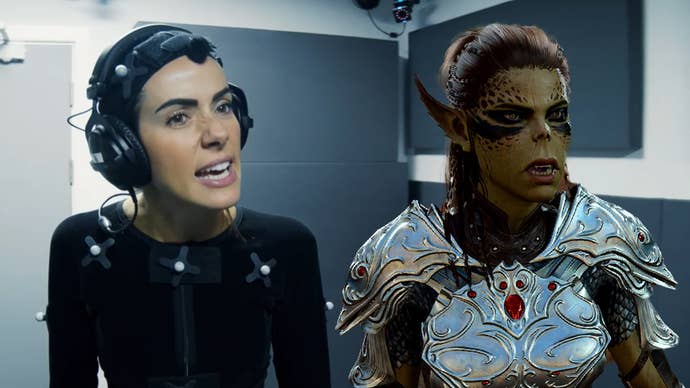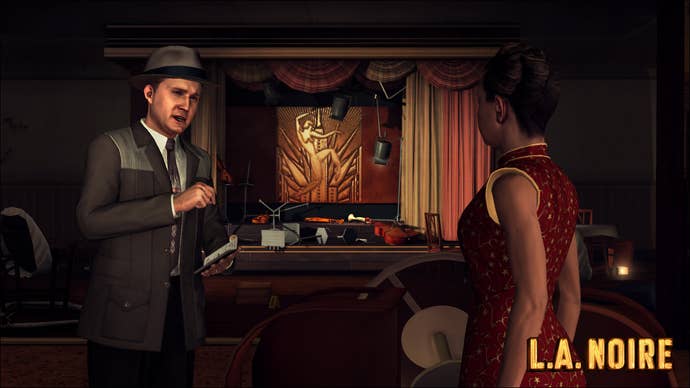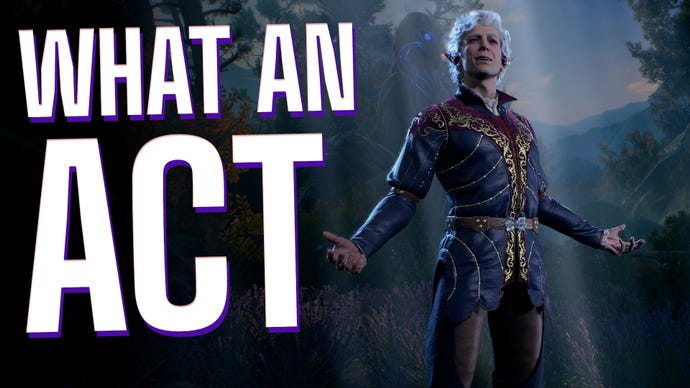Baldur's Gate 3 proves David Cage right about LA Noire
Heartbreaking: the man had a point.
The quality of Baldur's Gate 3 performances, and the technology and expertees used to render them so beautifully on screen, is one of the best things about it. And that’s high praise considering that there’s one hell of a lot to love about the best RPG of the decade so far. We make the case for this extraordinary work, and why it’s so crucial to recreating the D&D experience, in the video below.
It’s particularly impressive because of the game’s sheer size. You could argue that there is better performance capture work elsewhere, for example in The Last of Us Part II, where millions of dollars per pixel is spent on producing photorealism in very controlled environments, most successfully in cutscenes. And it’s incredible work, no doubt. But Baldur’s Gate 3 is much wider in scope, and leaves much more up to the player in terms of where and when dialogues can be triggered, even taking into account permutations like the height of the player character (which, in a game with loads of different races, can vary wildly). So, while it isn’t as photorealistic or quite as granular as TLOU’s motion captured performances, it has a lot less control over where the player looks and a lot fewer places to hide.
So, for my money it’s an incredible achievement, and a real step forward in what games of this size and scope can achieve. But a lot of that is down to the fact that BG3 is not a game that has come from the AAA studio system, as Sherif points out in his latest op-ed. The game’s development was funded partly via a long stint in early access, on the back of Larian Studios having built up enormous trust and goodwill amongst CRPG fans by simply making a lot of very good games over the years.

It’s not the first time that a game of significant size and scope has been notable for its performances, of course. The big watercooler game of 2011 was LA Noire, a Rockstar published detective sim set in the late forties, and sold largely on its facial mocap tech that captured actors performances in a way that was impressive for the time but that never quite clambered out of the uncanny valley. The technique it used, which essentially took 360 degree digital video of an actor’s face and wrapped it around a 3D scan of their head, was extremely limited in what it could realistically achieve. And also it made everyone’s mouths look really weird.

When David Cage, the director Heavy Rain among some other incredible heaps of melodramatic QTE-heavy crap, said in an interview in 2011 that LA Noire’s tech was “an impressive dead end”, citing that it was expensive, impractical, and ultimately limiting compared to more traditional methods, he took a lot of flak. Of course he did: he was being uncomplimentary about the game of the moment, for whatever reason. And that got people’s backs up, understandably.
But he was right, as history as proved. We know this because nobody bothered doing anything like LA Noire ever again, while the kind of mocap tech he was touting as the more practical alternative has, with every generation, gotten better and better.
Heartbreaking, I know.

